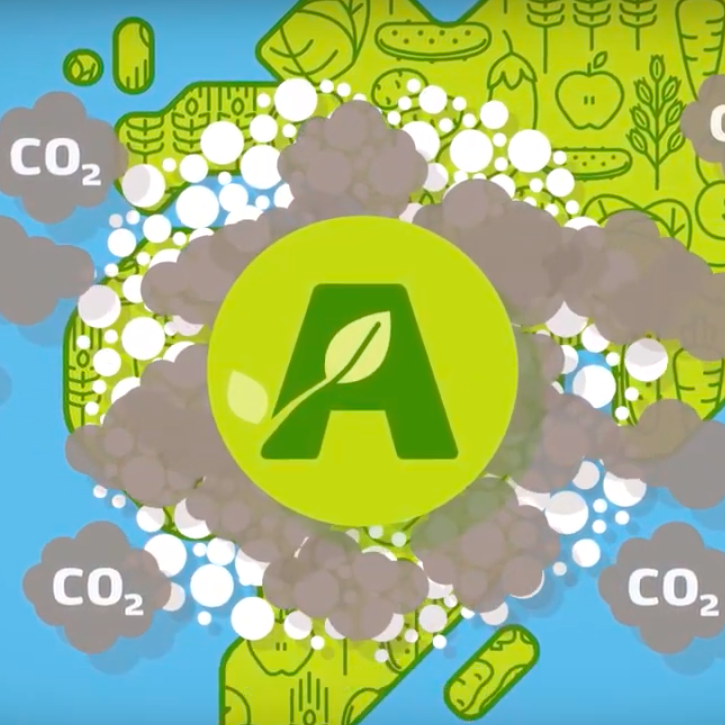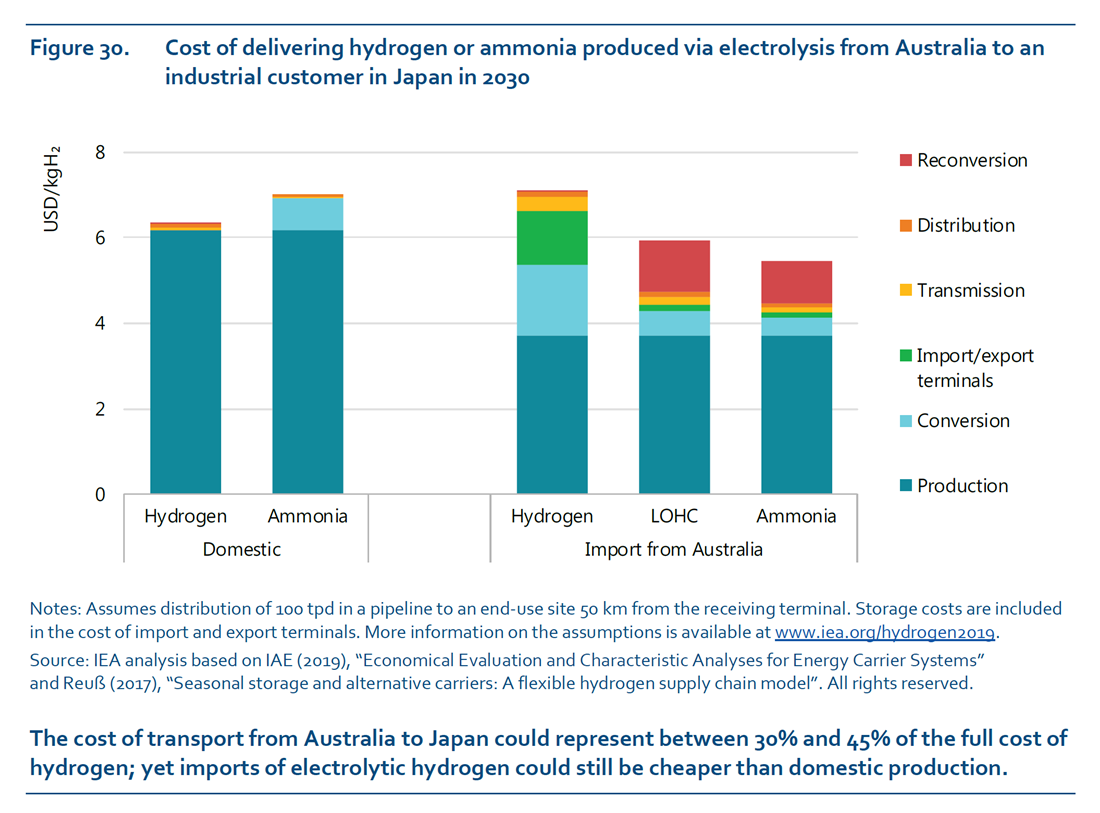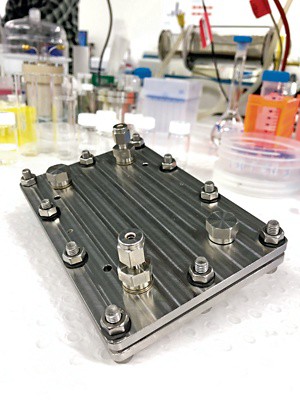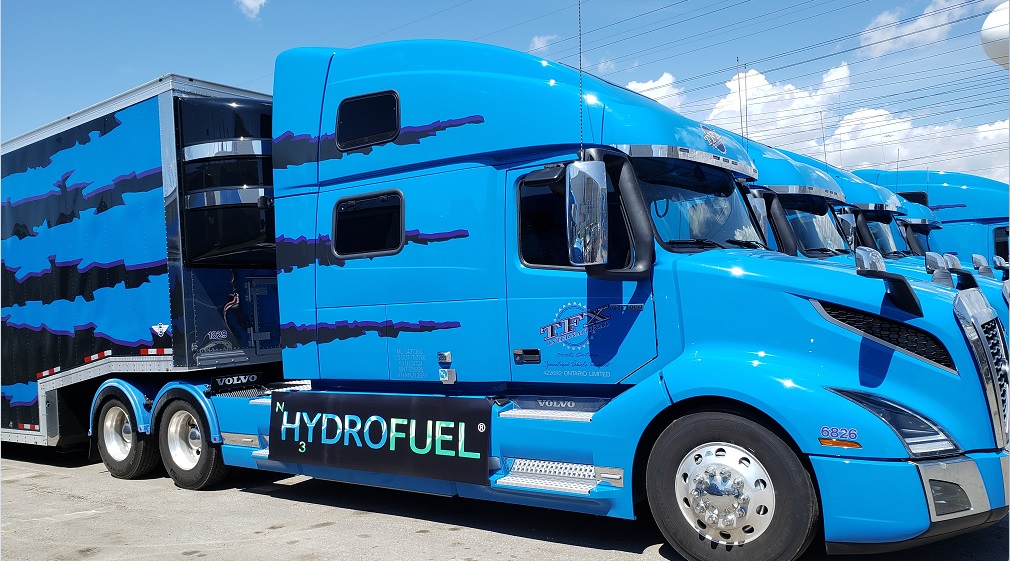Announcing the 2019 Ammonia Energy Conference
ANNOUNCEMENT: The Ammonia Energy Association has published the full schedule for our 16th annual conference, which will take place November 12-14, 2019, in Orlando, Florida. Like last year, the Ammonia Energy Conference has two parts: the Topical Conference, consisting of technical presentations, and the Implementation Conference, consisting of closed-door workshops followed by open plenary sessions featuring keynote speeches, panel discussions, and audience debate. Both events are hosted within the AIChE Annual Meeting.









